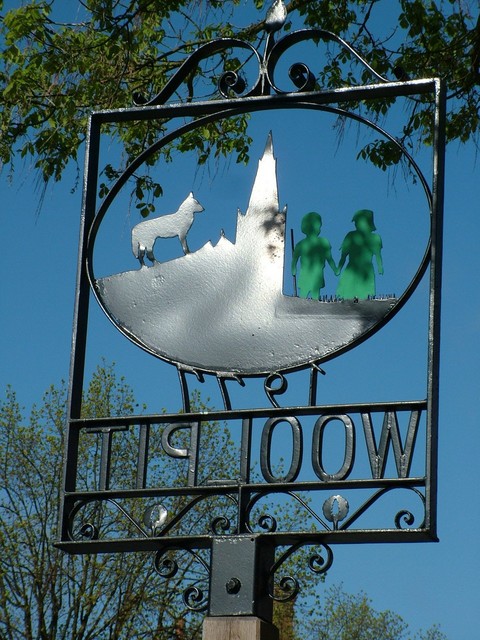CarlusMagnus
Literotica Guru
- Joined
- Feb 6, 2011
- Posts
- 1,183
…lots of obsidian in all sizes…
The word "obsidian" is one of my favorites. In my "Charlie & Mindy" series (see my story page, below), Mindy often scolds Charlie, when she thinks he's being too stubborn, for being "obsidian".
Mainly to remind him that he once wrote (on a college history exam) that Braddock, the British general, was an obsidian man.
